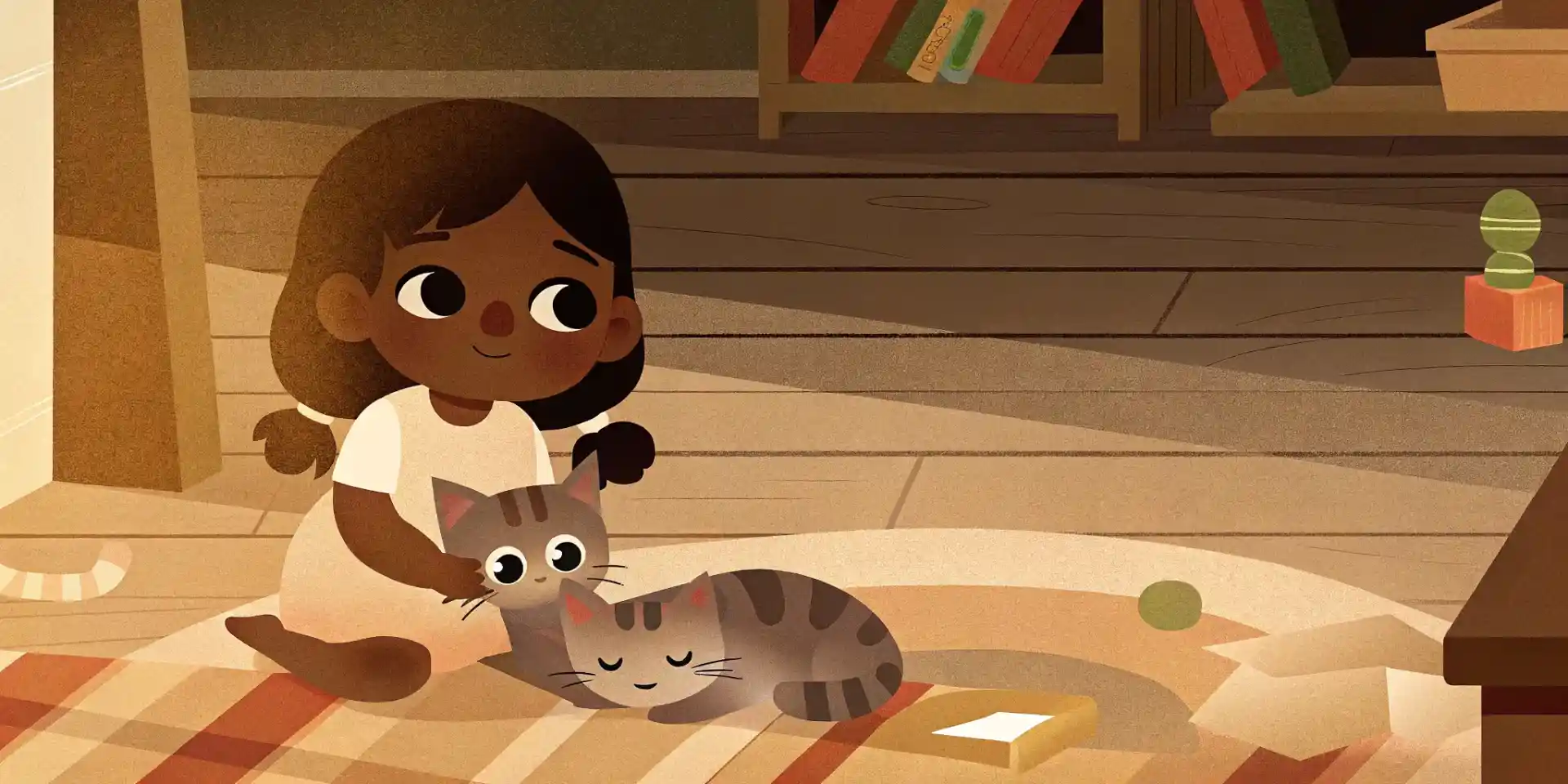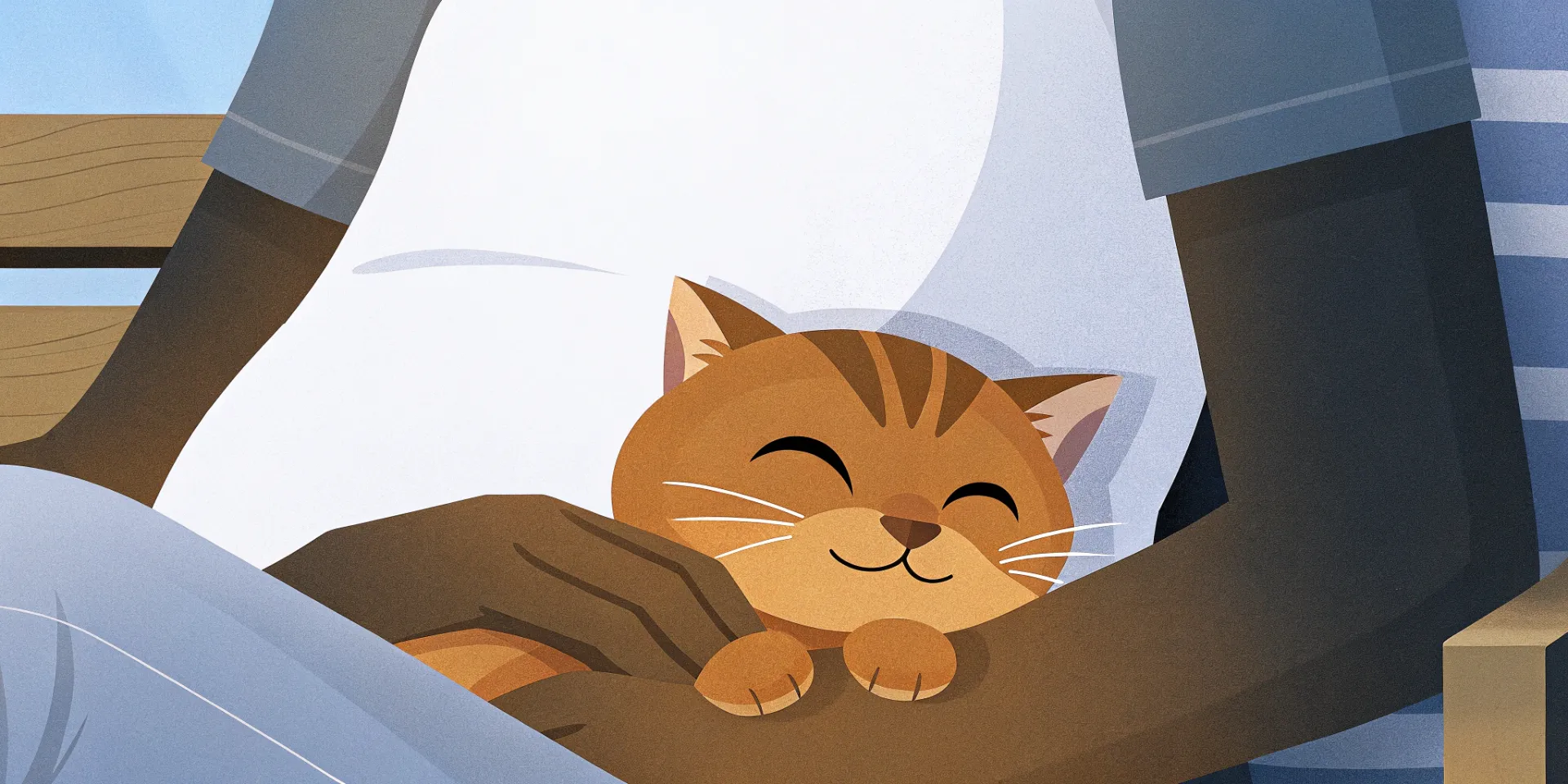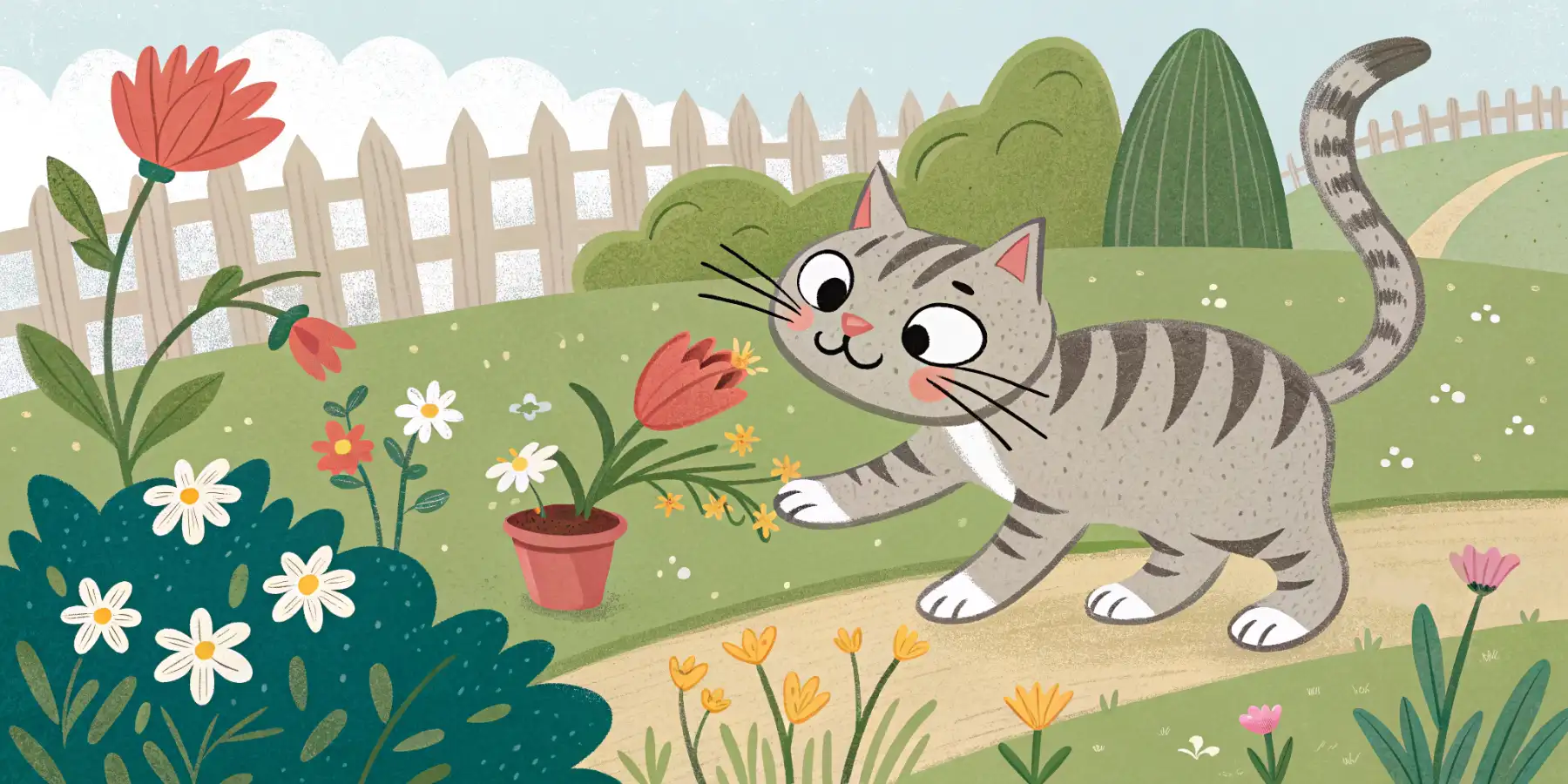
Kitten Socialization: Your Guide to a Happy Cat
Kitten socialization is key! Unlock a happy, well-adjusted cat with our expert guide. Learn tips & tricks now!
Kitten Socialization: A Comprehensive Guide to Raising a Well-Adjusted Cat
Bringing a new kitten into your home is an exciting time! But beyond the cuddles and adorable antics, it’s crucial to focus on kitten socialization. Properly socializing your kitten during their critical period (roughly 2-7 weeks of age, though socialization continues to be important for months after) sets them up for a lifetime of confidence and reduces the risk of behavioral issues later on. This isn’t just about making them friendly; it’s about helping them become well-adjusted cats who can handle various situations with grace.
Why Socialization Matters So Much
Think of socialization as building your kitten’s “coping toolkit.” A well-socialized kitten is less likely to be fearful or aggressive when faced with new people, places, or sounds. They’re more likely to adapt to different environments, making vet visits, travel, and even simple things like having guests over, much smoother experiences.
In my experience, many behavioral problems in adult cats stem from a lack of early socialization. Cats who weren’t properly exposed to different stimuli as kittens are often more prone to anxiety, fear-based aggression, and difficulty adjusting to changes in their routine.
Introducing Your Kitten to People
The most important part of kitten socialization is getting them comfortable with people – all kinds of people!
Start with a Slow Introduction to Your Household
Don’t overwhelm your kitten on their first day. Let them explore their safe space (a crate, a room with food, water, and a litter box) at their own pace. Introduce household members one at a time, allowing the kitten to approach them. Offer tasty treats or toys during these interactions to create positive associations.
Expanding the Circle: Introducing New People
Once your kitten is comfortable with your immediate family, start introducing them to new people gradually.
- Control the Environment: Keep the initial interactions short and sweet. Let the visitor sit quietly and offer a treat or toy.
- Respect Your Kitten’s Boundaries: Never force interaction. If your kitten seems scared or overwhelmed, end the session and try again later.
- Vary the People: Expose your kitten to people of different ages, genders, and appearances (e.g., wearing hats, glasses). This is especially important for kitten socialization with children, which requires careful supervision and gentle interactions.

Image: A young girl gently petting a tabby kitten while sitting on the floor, demonstrating positive interaction during kitten socialization.
Getting Your Kitten Comfortable with Handling
Handling is a crucial part of early kitten socialization. It prepares them for vet visits, grooming, and even just being picked up for a cuddle.
Desensitization is Key
Start by touching your kitten briefly in areas they enjoy being touched (e.g., chin, cheeks). Gradually increase the duration and explore other areas like their paws, ears, and tail. Offer treats and praise during each step.
Mimic Vet Handling
Gently examine your kitten’s ears, look at their teeth, and touch their paws. This will make vet visits less stressful for them. Get them used to being held in different positions, such as cradled in your arms or held upright.
Nail Trims: Start Early!
Introduce your kitten to nail clippers early on, even if you’re not ready to trim their nails yet. Simply show them the clippers, let them sniff them, and give them a treat. Then, gradually start clipping just one or two nails at a time, rewarding them afterward. This helps prevent nail trim anxiety in kittens.
Exposing Your Kitten to Different Environments
A well-rounded kitten has experienced a variety of environments. This doesn’t mean taking them everywhere, but introducing them to new sights, sounds, and surfaces can significantly improve their adaptability.
Start at Home
Before venturing outside, expose your kitten to different areas of your home. Let them explore different rooms, furniture, and textures. Play music or turn on the TV at varying volumes.
Gradual Exploration of the Outdoors
Once your kitten is fully vaccinated, you can start introducing them to the outdoors in a safe and controlled manner.
- Leash Training: Start by getting your kitten used to wearing a harness indoors. Then, gradually introduce them to the leash and take them outside for short walks in a secure area.
- Carrier Adventures: Use a carrier to transport your kitten to different locations, such as a friend’s house or a park. The carrier provides a safe and familiar space.
- Car Rides: Take your kitten for short car rides to acclimate them to the motion and sounds of the car. Positive reinforcement with treats or toys can help make these experiences more enjoyable.

Image: A kitten wearing a harness and leash, exploring a garden under supervision, demonstrating safe outdoor exposure during socialization.
The Importance of Positive Reinforcement
Throughout the socialization process, remember that positive reinforcement is key. Reward your kitten with treats, praise, and toys for any behavior you want to encourage. Avoid punishment or scolding, as this can create negative associations and damage your bond.
What if Your Kitten is Scared?
It’s normal for kittens to be scared or hesitant in new situations. If your kitten shows signs of fear (e.g., hissing, hiding, dilated pupils), don’t force them to interact. Instead, back off and give them space. Try again later with a more gradual approach. Consult with a veterinarian or certified cat behaviorist if you’re struggling to help your kitten overcome their fears.
The Long-Term Benefits of Socialization
The time and effort you invest in socializing your kitten will pay off in the long run. You’ll have a confident, well-adjusted cat who is a joy to be around.
I believe that socializing your kitten is one of the most important things you can do to ensure their long-term well-being. It’s an investment in their happiness and your peace of mind. So, embrace the opportunity to shape your kitten’s personality and create a bond that will last a lifetime.

Image: A person cuddling a happy, well-socialized kitten on their lap, highlighting the positive outcome of successful kitten socialization.
Socialization and Handling Beyond Kittenhood
Even after your kitten is past the prime socialization window, it’s important to continue exposing them to new things and reinforcing positive handling experiences. Regular brushing, play sessions that involve gentle touch, and occasional visits to calm, cat-friendly environments can help maintain their confidence and sociability. Remember that every cat is an individual, and some may be naturally more outgoing than others. The goal isn’t to force your cat to be something they’re not, but to provide them with the skills and experiences they need to navigate the world with confidence and comfort.


